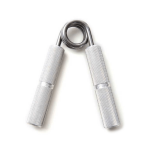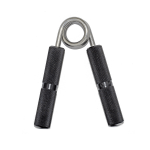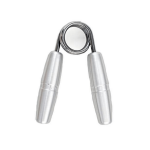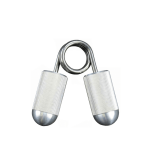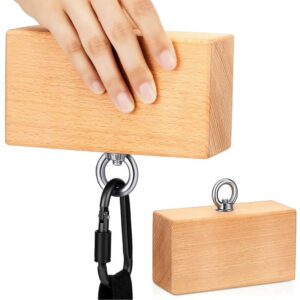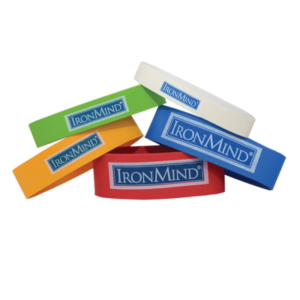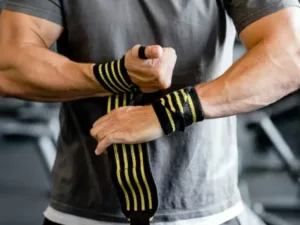(Last Updated on October 9, 2025 by Henry)
I’m going to begin our journey into hand grip-strengthening exercises by revealing several important details. Your forearm strength in general is a key factor that’s more important than you might think. It’s entwined in nearly everything you do, from opening jars and doors to shaking hands or throwing a ball. Grip isn’t just about firm handshakes; it’s essential for a myriad of daily tasks.
Now, there are 5 types of exercises you can focus on to cover each aspect of your grip training. These range from a crush grip, essential for shaking hands, to a twist grip, which comes into play when turning doorknobs.
Within these styles, there’s an array of devices at your disposal, from grippers to pull-up bars.
It takes a bit of testing from your end to discover what suits you best. But don’t worry, I’m here to guide you through it. This isn’t just about giving you a list of exercises;
It’s about finding those that resonate with you and can be incorporated into your routine effortlessly. Let’s get ready to explore crush and pinch grip exercises that form the foundation of an effective grip strength training program.
For beginners, working on your hand grip can have several benefits. It can potentially enhance your performance in sports and workouts, provide better control in hobbies like rock climbing or playing instruments, and even prevent injuries by supporting wrist stability. Essentially, building grip strength equips you with the muscular backing to tackle tasks with ease.
Crush & Pinch Grip: The Foundations of Hand Strength
When it comes to developing hand strength, two fundamental aspects stand out: crush and pinch grips. Crush grip is what you employ when you clasp an object in your palm and squeeze; this motion involves a symphony of muscles from your palm to your forearm.
This isn’t just about building a firm handshake; it’s also about enhancing your ability to perform tasks ranging from lifting bags to practicing martial arts.
For a solid start, you should try tools like hand grippers for developing crush grip strength. I recommend keeping a therapy stress ball handy for squeezing exercises throughout your day. As you graduate from beginner to a more intermediate level, you’ll cultivate endurance and can await those pangs for a stronger grip to subside.
Now, pinch grip might seem less obvious, but it’s just as critical. Here’s where you strengthen the thumb and fingers in opposition, which directly translates into an ability to hold onto objects like book covers, tablets, or even a climbing hold more effectively.
Those jars won’t stand a chance when you’re opening them.
Similarly, using pinch blocks or even plates, you can practice lifting objects between your thumb and fingers.
This type of training may be less familiar, but the gains in digit dexterity are well worth the effort.
Even flipping through pages of a book can become a moment of pride with your newly buffed thumb and index finger.
Remember, like any good regimen, you can always adjust your approach down the road. Choose devices and exercises that resonate with you and fit comfortably into your routine.
Next, you’re going to find out how extending and supporting your grip plays an equally important role in a well-rounded strengthening program.
Extension & Support Training: Building a Balanced Grip
I’m going to clue you in on how extending and supporting your grip can lead to a more balanced approach in strengthening your hands. This isn’t just about building power; it’s also about maintaining the health of your hands and avoiding overuse injuries.
You’re going to find out about extended grip exercises, which are key to counteracting the constant squeezing and crushing actions we do every day.
Just like any muscle group, your hands need to be able to both flex and extend. Using simple hand bands or rubber finger exercisers can make a significant difference, giving those extensor muscles the workout they need.
On the flip side, your support grip is what helps you hold onto objects for longer periods. It’s important for tasks ranging from carrying grocery bags to doing pull-ups. Strengthening this part of your grip can be achieved with equipment like pull-up bars, free weights, or even finger loops that are designed for this very purpose.
If you want to keep your training efficient and effective, remember to choose something that resonates with you. Find tools and exercises you enjoy: the ones you’ll stick with consistently. You can always adjust your approach down the road as your grip strength improves.
After getting a handle on extending and supporting your grip, it’s time to put a spin on things, quite literally. Coming up next in our grip-strengthening journey, we will tackle the twist grip.
It’s a grip style often overlooked, but it can add a whole new dimension to your routine. Get ready to wring out weakness and pump up your wrist power; more on that in the following section.
Wrist Rotation & Twisting Exercises for Strength & Mobility
I’m going to let you in on a secret: A strong grip isn’t just about your fingers and palms; your wrists play a pivotal role, too. That’s where the twist grip comes into play. It’s all about the rotational strength that you need for tasks like opening jars or using a screwdriver.
So what exactly is the twist grip? It’s the ability to maintain a firm grip while also allowing the wrist to rotate; a combined movement found in many daily tasks and sports. Imagine you’re using a tennis racket or golf club; a sturdy and nimble wrist can drastically enhance your performance.
Here’s the strategy I like to leverage for reinforcing that twist grip. Try starting with wrist rollers, which are cylindrical devices that you wind a weight up and down. They’re perfect for giving your wrists a full workout. Next, consider flex bars.
They might seem simple, but by twisting these lightweight bars, you introduce a fantastic exercise for wrist and forearm strength. And let’s not overlook the classic spring steel wrist trainer: it might be old school, but it offers a unique resistance that challenges your wrist with every twist and turn.
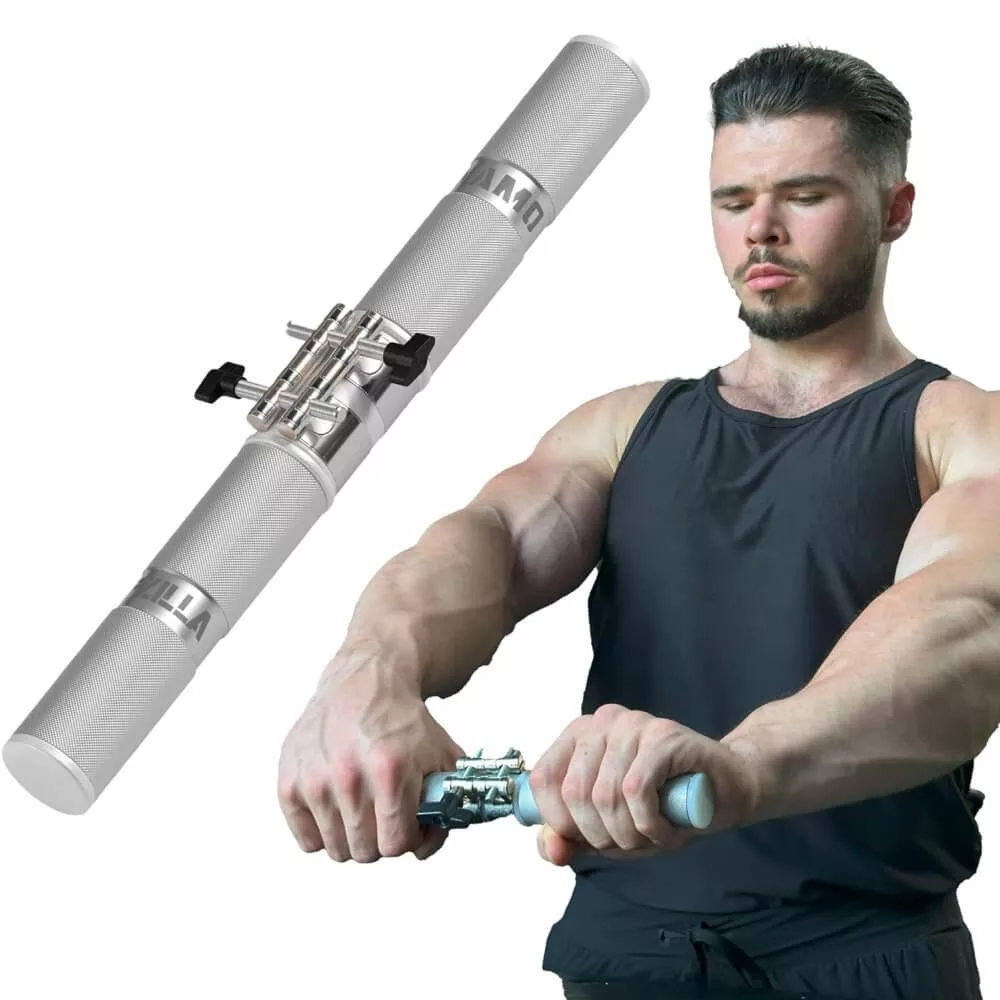
Reliable, Budget-Friendly Wrist Roller for Lifelong Use?
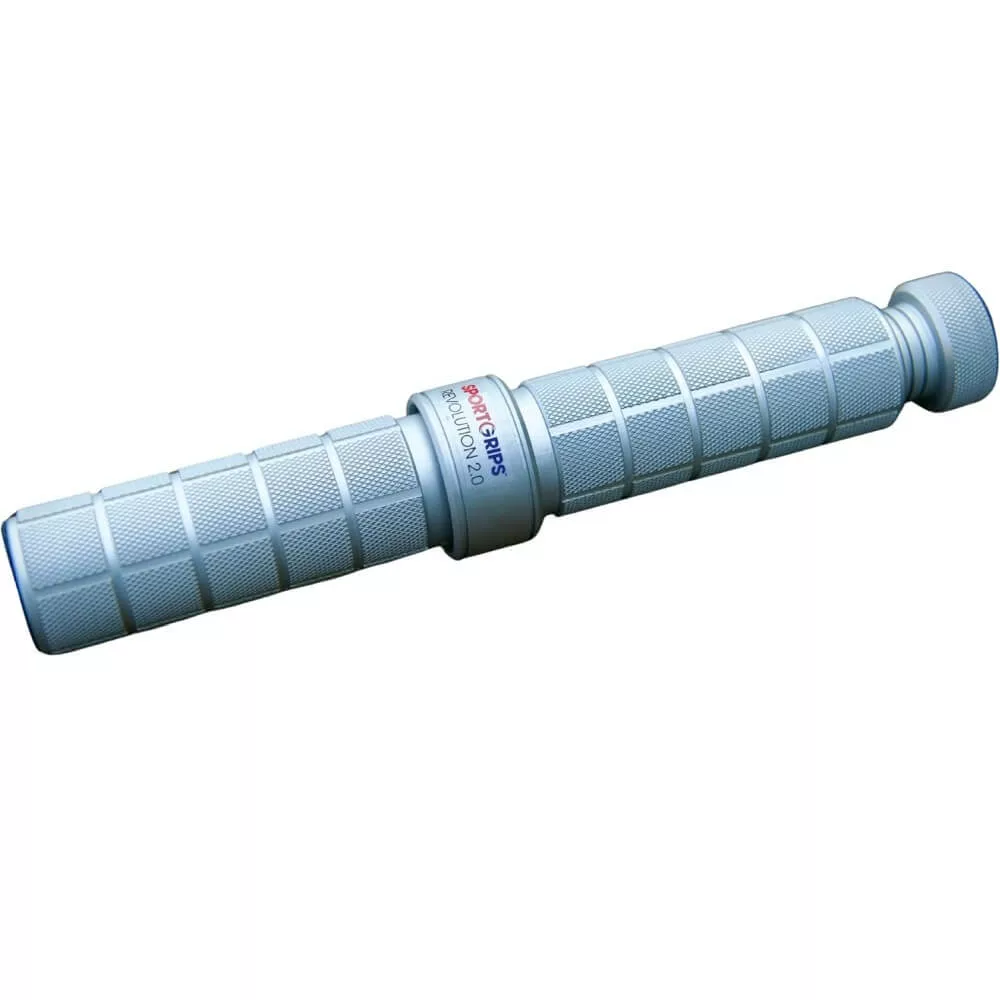
Elite Wrist & Forearm Trainer for Strength & Rehab?
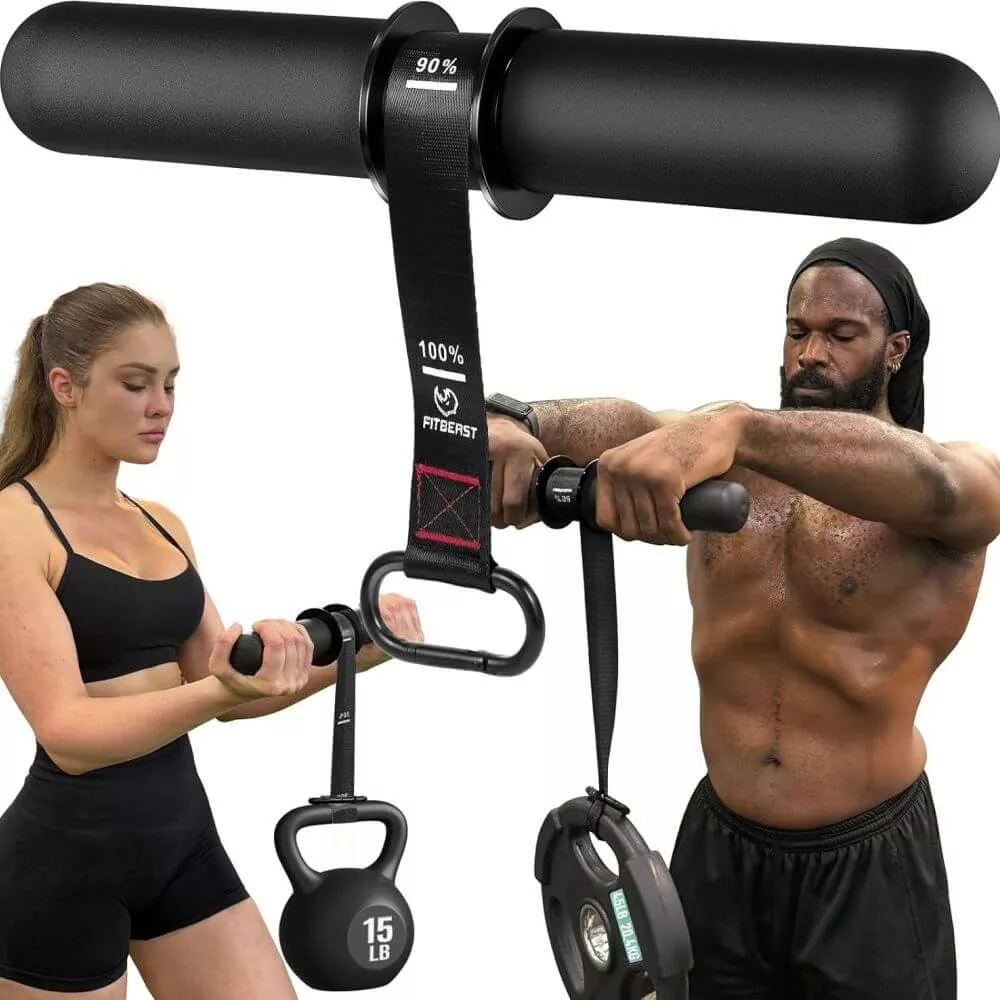
Simple Wrist Roller for Grip & Forearm Muscle Power
I really hope that you integrate these twist grip exercises into your routine twice or thrice a week to start feeling the benefits right in the trenches of your forearms. Just don’t focus too much on perfection; the key is to consistently challenge your muscles while maintaining proper form.
Coming up next, we’ll fold in another crucial element to your hand-grip journey, stretching. Because building strength is just one side of the coin, maintaining flexibility and preventing injury is equally important, if not more so.
Stretching & Recovery: Keep Your Hands Strong and Healthy
I hope by now you’ve got a handle on the importance of grip strength and the exercises that can help you develop it. But remember, it’s not just about the workout itself;
It’s also about the care you put into your hand health before and after each session. Stretching is a crucial part of this process, and that’s why dedicating time to it can make all the difference.
Your journey begins with exercises for crush, pinch, extend, support, and twist grips, and it’s rounded out with a solid stretching routine. Specifically, the prayer stretch, wrist flexor stretch, and wrist extensor stretch are your go-to moves to keep your hands, wrists, and forearms flexible and injury-free.
Here’s a quick recap: stretch before starting your exercises to warm up your muscles and stretch after to cool down. Spend about 10-20 seconds on each stretch, repeating them 3-5 times.
And like any good routine, consistency is key. Make these stretches a regular part of your grip training, and you’re going to see and feel the improvements.
I really hope that you grab these tips with both hands and see your grip strength flourish. With persistent effort and the right approach, you’ll notice your day-to-day tasks becoming easier, and perhaps even find new confidence in other areas of your fitness routine.
If you want to keep your hands healthy and your grip strong, always end your workouts with these stretches.
As your grip gets stronger, you can always adjust your approach down the road, but keep in mind that maintaining healthy practices as you progress is crucial for lasting strength and mobility.
Thanks for Stopping By
Have Questions?
Please Leave A Comment


